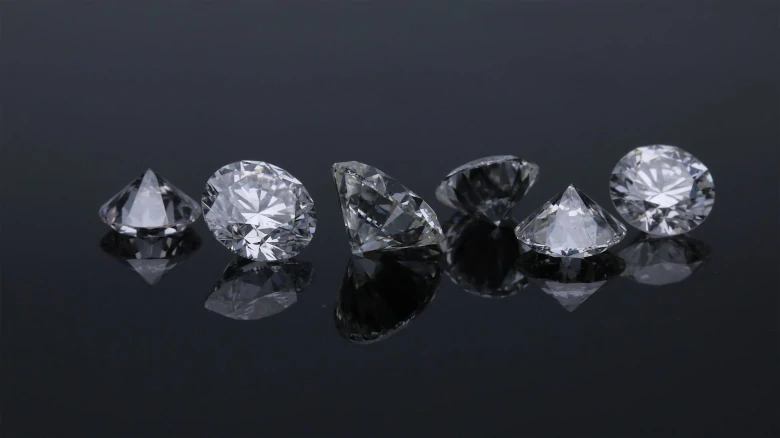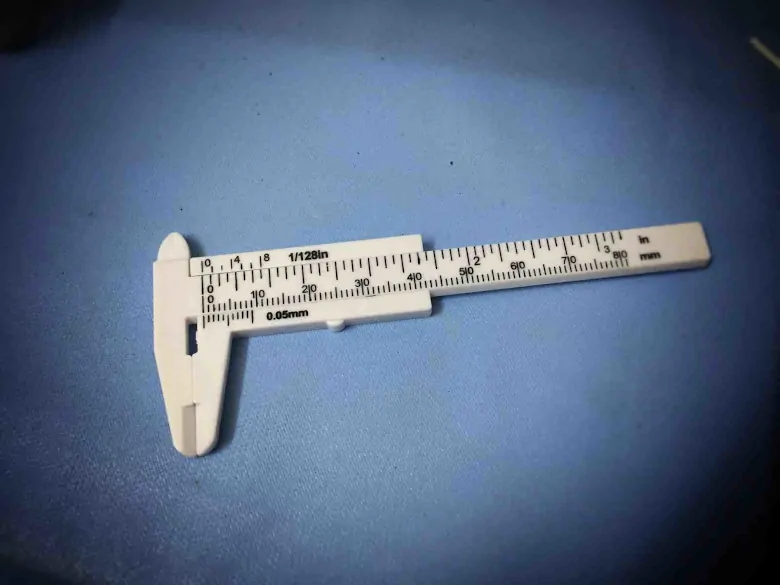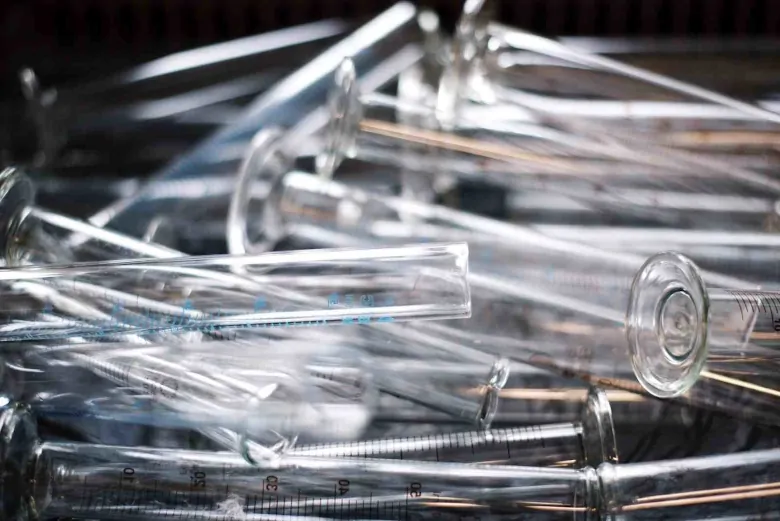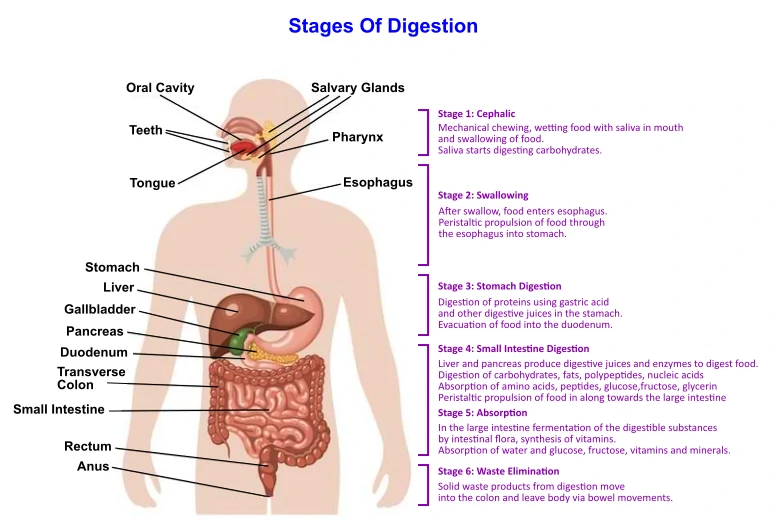Exploring Diversity Of Matter By Its Physical Properties
In this article, the following are the objectives that will be discussed.
- Understand what physical properties are.
- Understand units of measurement.
- State the SI units of the various physical properties.
Physical properties of Materials
The physical properties of a material are qualities that can be detected by using our five senses (e.g. sense of sight, touch, smell, taste, and hearing) or a measuring device.
Physical Properties:
1. Flexibility

Image Credit: unsplash - Kenny Eliason
It is the ability to bend without breaking and to return to its original shape and size after it is bent.
An example of a material with flexibility is the rubber band.
2. Hardness

Image Credit: unsplash - Edgar Soto
It is the ability to withstand scratches.
A material can cut or scratch a material that is less hard than itself but not a material that is harder.
The diamond is the hardest material in the world. It cannot be scratched and cut by any other material. A diamond can only be cut by another diamond.
3. Melting Point
The melting point of a material is the temperature at which it changes its state from solid to liquid.
For example: the melting point of water is 0°C.
4. Boiling Point
The boiling point of a material is the temperature at which it changes its state from liquid to gas.
For example: the boiling point of water is 100°C.
5. Strength

Image credit: unsplash - Grahame Jenkins
It is the ability to support heavy loads without tearing or breaking.
Strong materials could be flexible but not all flexible materials are strong materials.
A car frame is made up of metal because it is a strong material.
6. Thermal Conductivity
It is a measure of how readily heat passes through a material.
Heat conductors allow heat to pass through them easily.
Heat insulators or poor heat conductors do not allow heat to pass through them easily.
Metals are generally good conductors of heat. Rubber, glass, plastic and other non-metals are poor conductors of heat.
For example: Rubber is a heat insulator. It allows heat to pass through them but at a very slow rate.
7. Electrical Conductivity
It is a measure of how readily electricity passes through a material.
Electrical conductors allow electricity to pass through them easily. All metals are electrical conductors.
Electrical insulators do not allow electricity to pass through them.
8. Density
It is the quantity of matter packed into a unit volume of the material.
\(\begin{align} \text{Density} = \frac{\text{Mass}}{\text{Volume}} \end{align}\)
A material that is denser will sink in a liquid which is less dense than them.
A material that is less dense will float in a liquid that is denser than them.
Units of Measurement
Measurements are expressed in two parts:
- numeric value; and
- unit.
For example: The measurement of the length is \(\text{12 cm}\). So, \(\text{12}\) is the numeric value and \(\text{cm}\) is unit.
SI Units
International System of Units, also known as SI unit, is established to ensure common standards in the measurements.
| Physical Quantity | SI Unit | Symbol |
|---|---|---|
| length | metre | m |
| mass | kilogram | kg |
| temperature | Kelvin | K |
| time | second | s |
Mass
Mass is a measure of the quantity of matter in a body.
The SI unit of mass is kilogram (\(\text{kg}\)).
The electronic balance, triple-beam balance and four-beam pan balance are instruments used to measure mass.

Image Credit: unsplash - Tyler Nix
Length
Length is the distance between two specified points.
The SI unit of length is metre (\(\text{m}\)).
The measuring tape, metre rule, and Vernier calliper are instruments used to measure length.

Image Credit: unsplash - Ag PIC
Volume
Volume is the amount of space an object occupies.
The SI unit of volume is cubic metre (\(\text{m}^3\)).
The measuring cylinder is often used to measure volumes of liquids.

Image Credit: unsplash - CHUTTERSNAP
Revision Questions
Here are some questions for us to look into on the objectives of this article.
Question 1:
Which of the following is not one of the physical properties of materials?
- flexibility
- hardness
- happiness
- strength
Solution:
(C) happiness
Explanation:
The physical properties of a material are qualities that can be detected by using our five senses or a measuring device.
Happiness cannot be detected by using our five senses or by a measuring device.
Question 2:
Which of the following refers to the ability to support heavy loads without breaking or tearing?
- flexibility
- hardness
- density
- strength
Solution:
(D) strength
Explanation:
The strength of a material is its ability to support a heavy load without breaking or tearing.
Question 3:
Which of the following refers to the ability to bend without breaking?
- flexibility
- hardness
- density
- strength
Solution:
(A) flexibility
Explanation:
The flexibility of a material is its ability to bend without breaking and to be able to return to its original size and shape after bending.
Question 4:
Which of the following refers to the ability to withstand scratches?
- heat conductivity
- hardness
- density
- strength
Solution:
(B) hardness
Explanation:
The hardness of a material is its ability to withstand scratches.
Question 5:
Which of the following is the SI unit of temperature?
- Celsius
- Fahrenheit
- Kelvin
Solution:
(C) Kelvin
Explanation:
The SI unit of temperature is Kelvin (K).
Question 6:
Which of the following is the SI unit of length?
- kilometres
- centimetres
- metres
- inch
Solution:
(C) metres
Explanation:
The SI unit of length is metres.
| Continue Learning | |
|---|---|
| Model Of Cells - The Basic Unit Of Life | Solutions And Suspensions |
| Model Of Matter - Atoms And Molecules | Exploring The Diversity Of Matter By Its Chemical Composition |
| Exploring Diversity Of Matter By Its Physical Properties | Exploring Diversity Of Matter Using Separation Techniques |
| Model of Matter - The Particulate Nature Of Matter | Ray Model Of Light |
| Human Digestive System | |
Test Yourself
What is meant by strength of a material ?
1: Its ability to withstand scratches
2: Its ability to change its shape when a load is applied.
3: Its ability to conduct electricity.
4: Its ability to support heavy load without breaking.
The strength of a material is a measure of its ability to withstand and support a heavy load without breaking.
Ans: (4) Its ability to support heavy load without breaking.
Environmental conservation is the practice of preserving the nature to prevent it from being destroyed. Why do we need to conserve our environment?
1: Natural resources are limited.
2: To maintain species diversity.
3: So as not to create too much waste.
4: all of the above
Main reasons for conserving environment:
Natural resources are limited
To maintain species diversity
So as not to create too much waste
Ans: (D) all of the above
The diagram below shows an experiment to test a certain property of liquids.

Which of the following property is being tested in this experiment?
The experiment is to test the electrical conductivity of the liquid. If the bulb lights up, it shows that the liquid can conduct electricity.
Ans: (B) electrical conductivity
Which of the following is the instrument to measure length?
The electronic balance is used to measure mass.
The measuring cylinder is used to measure volume.
The thermometer is used to measure temperature.
Which of the following is the instrument to measure mass?
The measuring cylinder is used to measure volume.
The Vernier calliper is used to measure length.
The thermometer is used to measure temperature




 SG
SG  VN
VN 
















